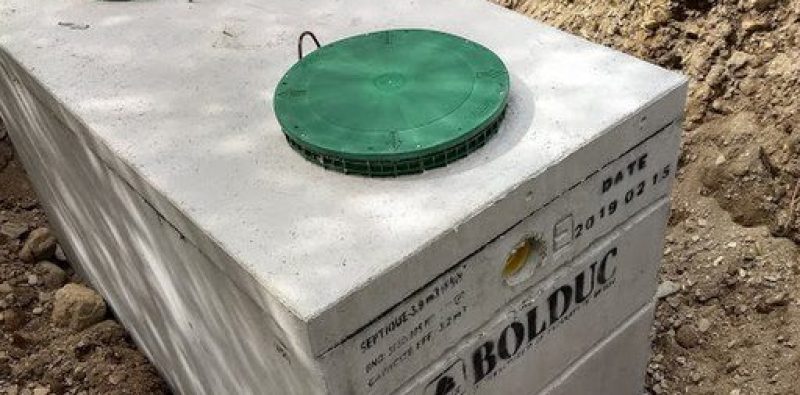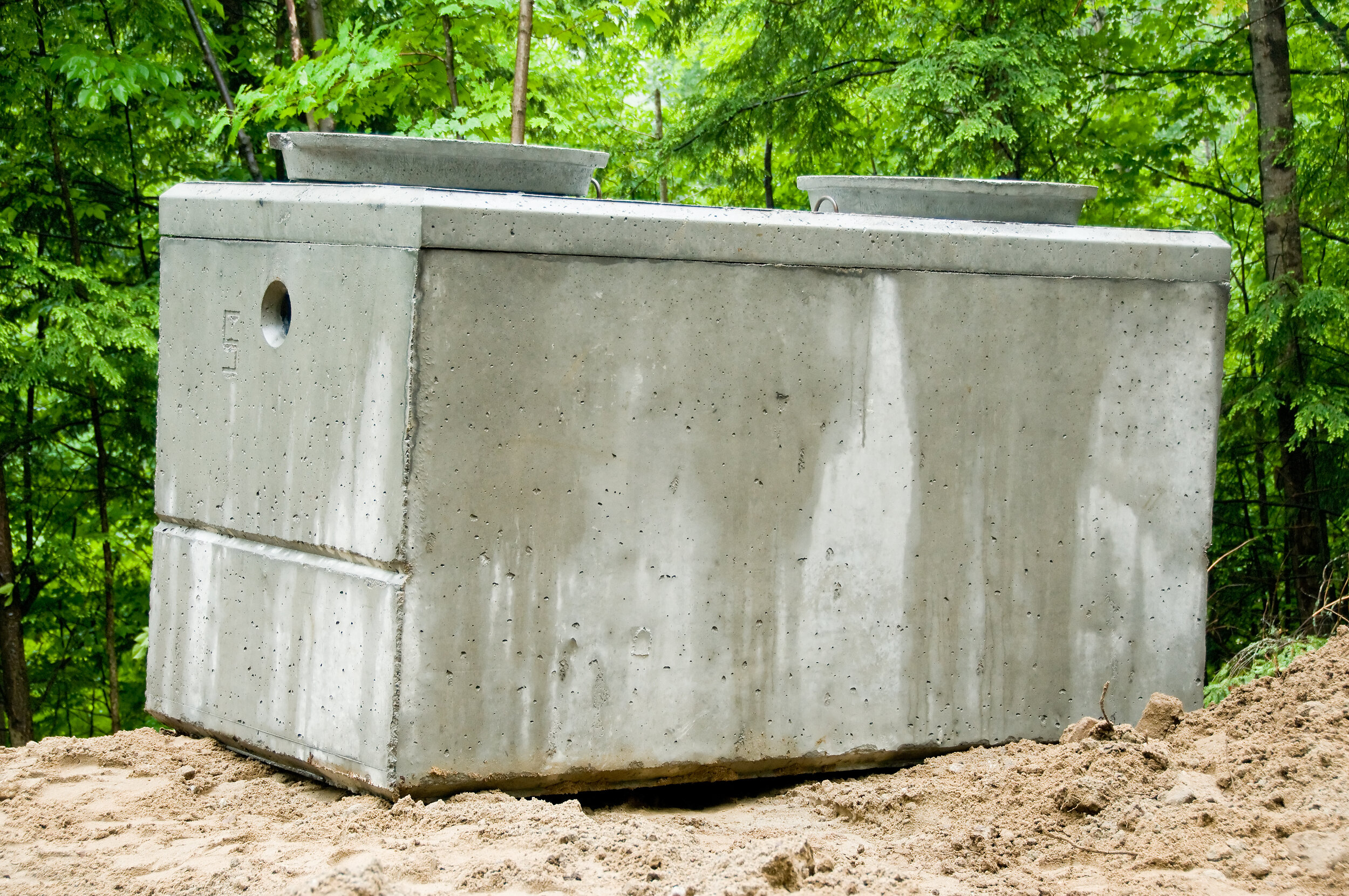
Unlike concrete tanks which require heavy machinery to lift and transport plastic tanks are lightweight and can be moved around with simple equipment. Because each has its own positives and negatives it really depends upon your requirements and taste.

Plastic septic tanks are made from lightweight polyethylene.
Plastic vs concrete septic tanks. One of the easiest features to notice is the fact that plastic septic tanks are much lighter than concrete. Plus the cost factor is much lower compared to concrete tanks. Lighter tanks mean the ability to have them transported yourself to the destination without the need to pay more.
Being the most common materials of construction of septic tanks concrete and plastic are the two leading tank types that many property owners compare when deciding what type of septic tank to install. While there may be many differences between the two materials below are the ones that are most likely to be of concern to many and you should consider first. Plastic tanks are easier to install than concrete options.
Thats due in large part to weight. Its easier to transport plastic septic tanks because they are lighter. Once theyre on your property plastic tanks are also easy to move around and position properly.
By comparison concrete tanks are far less susceptible to environmental damage. Plastic tanks tend to break or warp more frequently than concrete septic tanks for other reasons as well. Plastic tanks may require slightly more maintenance than their concrete counterparts.
Plastic septic tanks are made from lightweight polyethylene. This quality makes them incredibly easy to transport and install. In contrast concrete septic tanks are quite heavy.
To put this in perspective plastic septic tanks weigh about 440925 lbs 200 kilograms while concrete septic tanks weigh about 3306934 lbs 1500 kilograms. There are many benefits to concrete septic tanks versus plastic ones. Pre-cast concrete septic tanks and cisterns have been the accepted standard for well over 40 years for a variety of reasons.
Concrete septic tanks outperform plastic by significantly reducing installation and backfilling costs. Plastic tanks have to be filled with water while slowly backfilling with pea gravel. For those reasons alone plastic is often preferred for both septic and water storage tanks.
Plastic is also the most common material used for storing chemicals fuel and food syrups. Unlike concrete tanks which require heavy machinery to lift and transport plastic tanks are lightweight and can be moved around with simple equipment. Concrete vs Plastic Concrete Septic Tanks.
Although concrete septic tanks are known to last a long time they have a lot of weaknesses especially when maintenance over the years is poor. They can even crack early on if the quality is substandard. Concrete Septic Tank Advantages.
Are said to be long-lasting with proper maintenance. So youre not going to accidentally punch a. Firearm Discussion and Resources from AR-15 AK-47 Handguns and more.
Buy Sell and Trade your Firearms and Gear. Plastic Vs Concrete Septic Tanks Concrete Septic Tanks Lids For Sale In Adelaide Plastic Septic Tanks Cement Circles And Glass Spirals Septic Tanks What To Expect During Septic Reservoir Pumping Septic Reservoir Sewage Tanks Percolation Container Repair Tank Maintenance Pump Station Water Storage Septic Tank Servicer Or Sewer Pipe Cleanser Wage. Concrete septic tanks are superior to fiberglass or plastic because they are watertight and heavy duty making it the ideal preferred storage vessel for on-site septic storage and treatment.
In the United States there are 40 million septic systems in service. Plastic tanks can be cost effective and but can be fragile if not installed correctly whereas concrete tanks can be more costly and but offer durable long lasting waste treatment. Concrete tanks are suitable for large properties as they need a large space for installation.
Our wastewater specialists can determine which tank is more suited for your specific property. Depending on the site. When we compare plastic versus concrete water tanks you should consider factors like the material cost and durability of the tank among others.
These tanks are quite popular and available in different styles and sizes. Therefore this article gives you a brief comparison of these water tanks allowing you to make the most suitable choice for your household. Plastic vs Concrete Water Tanks.
Plastic septic tanks are made of durable plastic and are much lighter and more cost-effective than concrete septic tanks. Because theyre light installation is much simpler and cheaper than concrete tanks with no heavy equipment and a wider range of locations where they can be installed. Most fiberglass and plastic septic tanks are thousands of dollars less than concrete.
Both plastic and fiberglass septic tanks are less likely to crack compared to a concrete septic tank. And since fiberglass and plastic are nonporous materials theres usually no issue with tree or bush roots growing in to the tank and causing leaks through root damage. There are lots of kinds of Septic Tanks available but the most commonly used are plastic and concrete.
Because each has its own positives and negatives it really depends upon your requirements and taste. Here will be the pros and cons of a Concrete tank along with a Plastic. Fibreglass tanks often need to be anchored with concrete.
Concrete tanks can be buried deeper avoiding the need and additional cost of lift stations. Nine foot basements are popular these days which often requires a deeper septic tank. Manufacturers of fiber glass tanks will claim that they are more resistant to sewer gas but sever gas is.